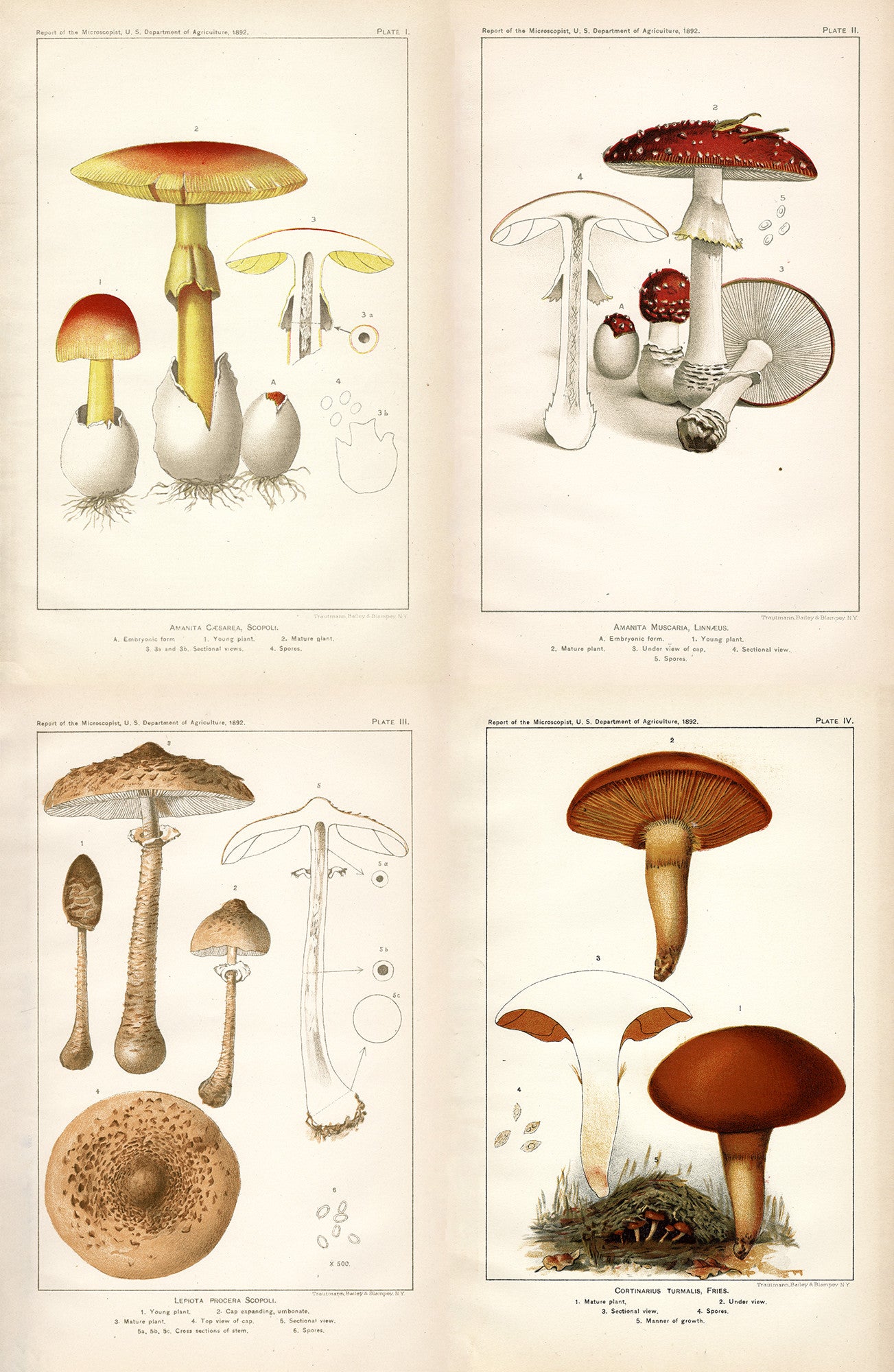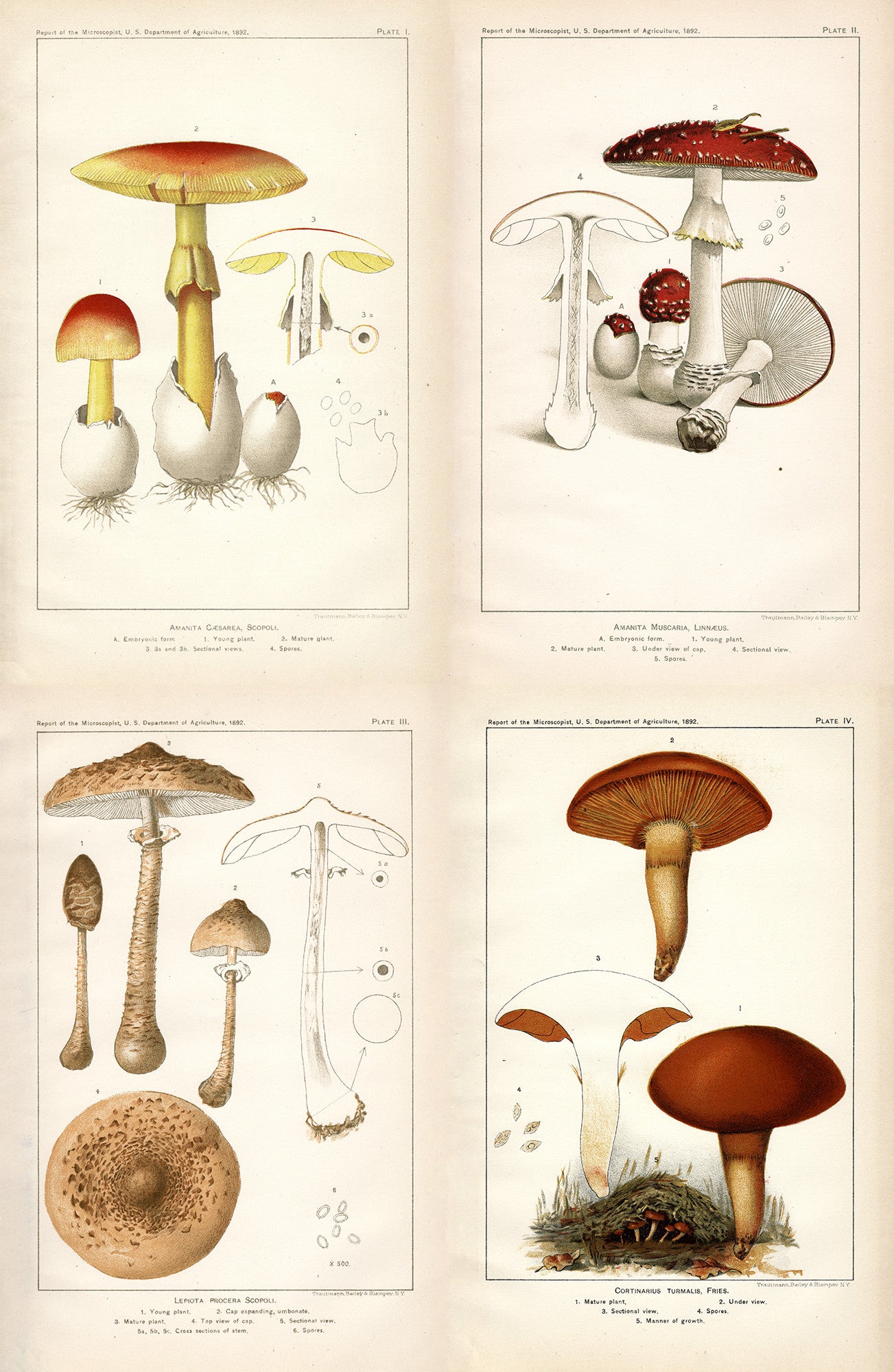| Print (Poster / Rag / Torchon) | Dimensions | Wall Cling | Dimensions |
| Small | 22.0" x 14.5" | Small | 24.0" x 15.5" |
| Medium | 34.0" x 22.0" | Medium | 37.0" x 24.0" |
| Large | 52.0" x 34.0" | Large | 55.5" x 36.0" |
| Tapestry | Canvas | ||
| Small | 18.0" x 11.5" | Small | 18.0" x 11.5" |
| Medium | 24.0" x 15.5" | Medium | 27.5" x 18.0" |
| Large | 36.0" x 23.5" | Large | 46.0" x 30.0" |
Your Print Options:
Poster Print
While this is our lowest priced print, it's still an excellent paper. Inkpress Matte 60 is a acid and lignin free paper. Bright white, and 10 mil. Available in three sizes, all come with a 1" white border around the image for easier matting.
Rag Print
Inkpress Cool Rag 200 is a 100% cotton rag paper. This is an acid-free, 200gsm, 15 mil, with a smooth and bright matte finish. Excellent print quality at an excellent price. Available in three sizes, all come with a 1" white border around the image for easier matting. This rag paper is better at dark, rich colors than the poster print.
Hahnemuehle Torchon Print
When you need something extra-special, we recommend Hahnemuehle's Torchon. This is a 100% alpha cellulose, 285gsm, textured watercolor paper that is acid-free. This offers superb image quality and is our favorite Hahnemuehle paper. Available in three sizes, all come with a 1" white border around the image for easier matting.
Canvas Print
Our maps are also available as cotton-poly blend canvas prints, ready to be gallery stretched. For the best presentation the edges on our canvasses are mirrored or have the paper color extended around the sides. Canvas prints receive a UV and surface protective coating. Additional canvas is left around the image to facilitate gallery stretching at your local frame shop. Available in two sizes.
Wall Tapestry Print
Especially well suited for long horizontal maps, the image is printed to the edge of the paper. This print can be hung with hanging bars that we offer via our site. This format comes in an 18", 24", and 36" wide version and is printed on synthetic textured paper.
Fabric Wall Cling
Great for kids rooms or for versatile displays - these Terylene fabric clings are easily repositionable without causing wear or staining to the paint underneath even after long periods of time. Wall Cling images are printed to the edge and are available in three sizes.
We produce all of our on images in shop, and we are happy to offer custom work to our customers. Please inquire for pricing and options.
Stomping Grounds
Mushroom Composite - Amanita caesarea, Amanita muscaria, Cortinarius turmalis, Parasol mushroom
Mushroom Composite - Amanita caesarea, Amanita muscaria, Cortinarius turmalis, Parasol mushroom
Couldn't load pickup availability
This print was created from multiple plates from the book, "Report of the Microscopist, U.S. Department of Agriculture, 1892".
"Amanita caesarea, commonly known in English as Caesar's mushroom, is a highly regarded edible mushroom in the genus Amanita, native to southern Europe and North Africa. This mushroom can also be found in La Esperanza, Intibuca, Honduras, where a festival is celebrated annually in its honor. While it was first described by Giovanni Antonio Scopoli in 1772, this mushroom was a known favorite of early rulers of the Roman Empire.[1]" - Wikipedia
"Amanita muscaria, commonly known as the fly agaric or fly amanita, is a mushroom and psychoactive basidiomycete fungus, one of many in the genus Amanita. Native throughout the temperate and boreal regions of the Northern Hemisphere, Amanita muscaria has been unintentionally introduced to many countries in the Southern Hemisphere, generally as a symbiont with pine and birch plantations, and is now a true cosmopolitan species. It associates with various deciduous and coniferous trees.
This iconic toadstool is a large white-gilled, white-spotted, usually red mushroom, and is one of the most recognisable and widely encountered in popular culture. Several subspecies with differing cap colour have been recognised, including the brown regalis (often considered a separate species), the yellow-orange flavivolvata, guessowii, formosa, and the pinkish persicina. Genetic studies published in 2006 and 2008 show several sharply delineated clades that may represent separate species.
Although classified as poisonous, reports of human deaths resulting from its ingestion are extremely rare. After parboiling—which weakens its toxicity and breaks down the mushroom's psychoactive substances—it is eaten in parts of Europe, Asia, and North America. Amanita muscaria is noted for its hallucinogenic properties, with its main psychoactive constituent being the compound muscimol. The mushroom was used as an intoxicant and entheogen by the peoples of Siberia, and has a religious significance in these cultures. There has been much speculation on possible traditional use of this mushroom as an intoxicant in other places such as the Middle East, Eurasia, North America, and Scandinavia." - Wikipedia
"The red-and-white spotted toadstool is a common image in many aspects of popular culture.[32] Garden ornaments and children's picture books depicting gnomes and fairies, such as the Smurfs, often show fly agarics used as seats, or homes.[32][122] Fly agarics have been featured in paintings since the Renaissance,[123] albeit in a subtle manner. In the Victorian era they became more visible, becoming the main topic of some fairy paintings.[124] Two of the most famous uses of the mushroom are in the video game series Super Mario Bros. (specifically two of the power-up items and the platforms in several stages),[125] and the dancing mushroom sequence in the 1940 Disney film Fantasia.[126] " - Wikipedia
"Cortinarius turmalis is a basidiomycete fungus belonging to the class of Agaricomycetes . 1 It has aviscous hat of gray clay off and a foot without bulb . Its hat of 3-8 cm indiameter is initially planiconvexo of ocher color that goes pale as we approach the extremes. Its blades are low cut, tightly cream colored. Its foot of 3 to 8 centimeters of height and of more or less 2 cm of thickness is cylindrical without bulb although with curtain in young species. The fungus lives in groups in forests of conifers in summer - autumn . Its edibility is good." - Wikipedia
"The parasol mushroom (Macrolepiota procera or Lepiota procera) is a basidiomycete fungus with a large, prominent fruiting body resembling a parasol. It is a fairly common species on well-drained soils. It is found solitary or in groups and fairy rings in pastures and occasionally in woodland. Globally, it is widespread in temperate regions." - Wikipedia
"The height and cap diameter of a mature specimen may both reach 40 cm, a size truly impressive for the fruiting body of an agaric. The stipe is relatively thin and reaches full height before the cap has expanded. The stipe is very fibrous in texture which renders it inedible. The surface is characteristically wrapped in a snakeskin-like pattern of scaly growths (therefore, known in some parts of Europe as the "snake's hat" or "snake's sponge"). The immature cap is compact and egg-shaped, with the cap margin around the stipe, sealing a chamber inside the cap. As it matures, the margin breaks off, leaving a fleshy, movable ring around the stipe. At full maturity, the cap is more or less flat, with a chocolate-brown umbo in the centre that is leathery to touch. Dark and cap-coloured flakes remain on the upper surface of the cap and can be removed easily. The gills are crowded, free, and white with a pale pink tinge sometimes present. The spore print is white. It has a pleasant nutty smell. When sliced, the white flesh may turn a pale pink. " - Wikipedia
We produce all of our on images in shop, and we are happy to offer custom work to our customers. Please inquire for pricing and options.


